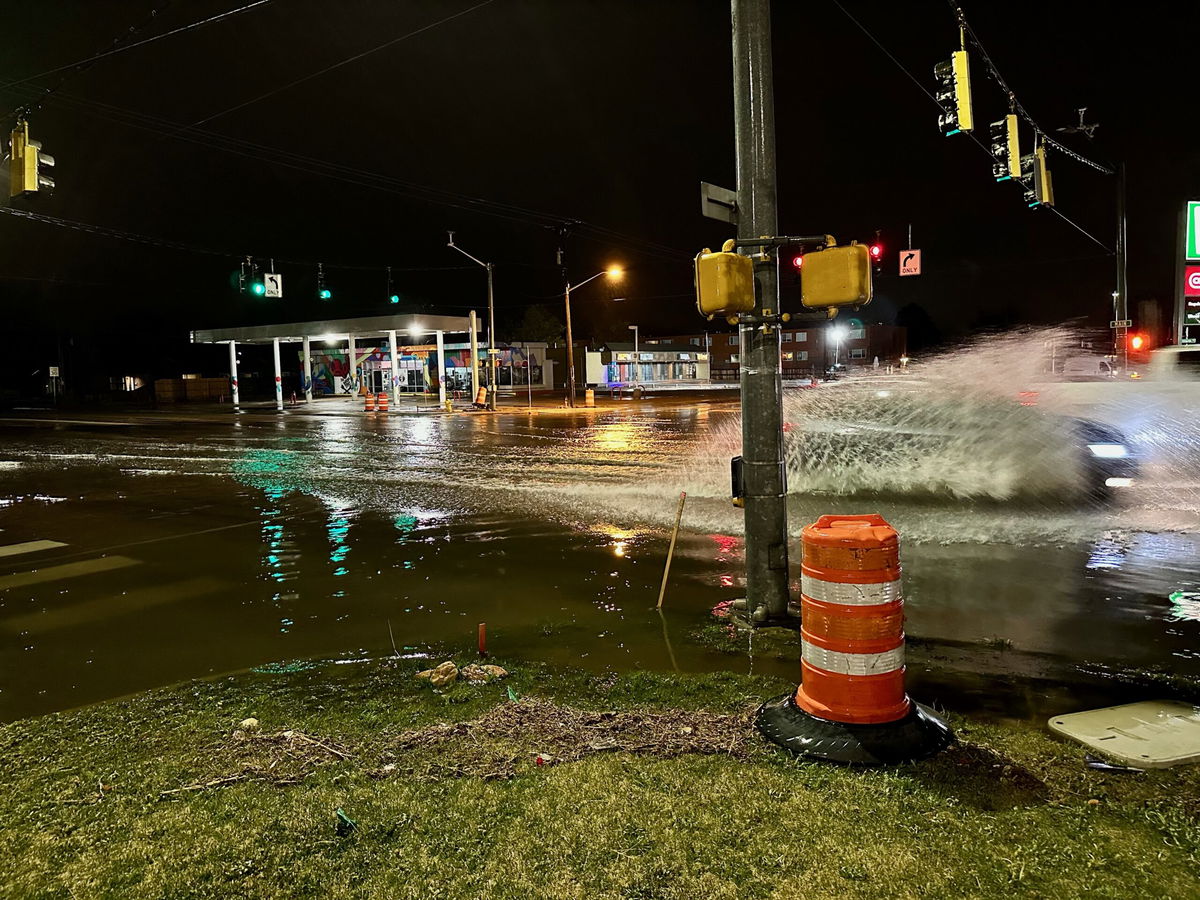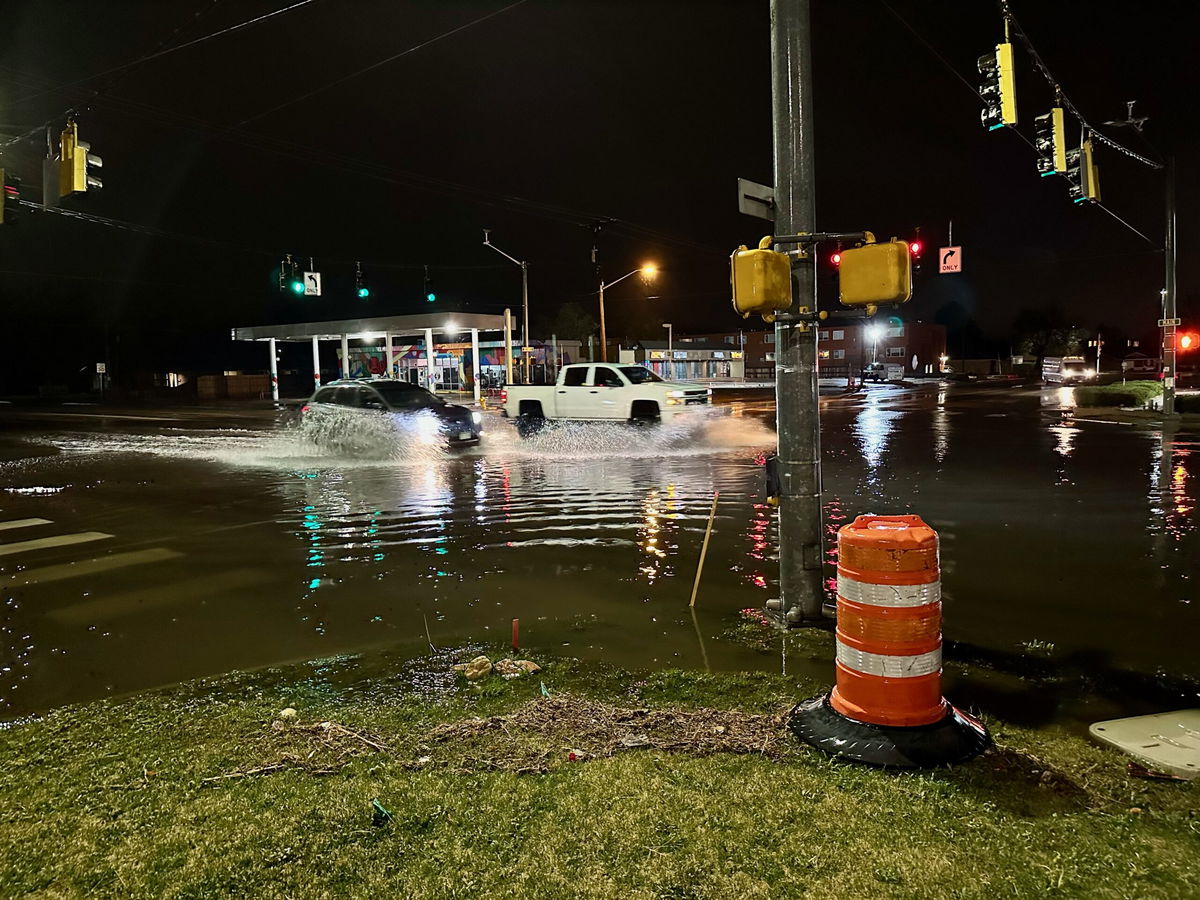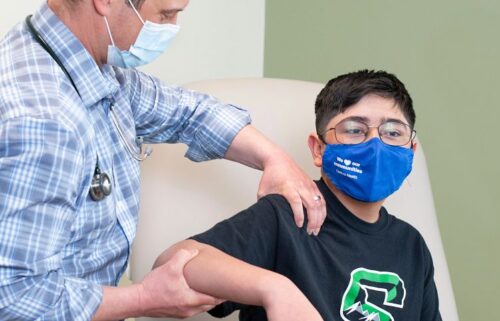Turn around, don’t drown; Staying safe during flooding
COLORADO SPRINGS, Colo. (KRDO) -- A spring storm has moved into Southern Colorado, and with it came snow, rain, hail, and flooding.
As of Wednesday morning, some intersections across the Pikes Peak Area have begun flooding.
The images below were taken at the intersection of Security Blvd. and Main St. in Security-Widefield just before 5:30 a.m.


While major flooding hasn't been reported so far during this storm, it's important to note just a few inches of moving water can create a dangerous situation.
According to the Division of Homeland Security and Emergency Management (DHSEM), six inches of rapidly moving water can knock a person down. The National Weather Service states 12 inches of rushing water could carry away most cars, and two feet of rushing water can carry away SUVs and trucks.
The National Weather Service said every year, more deaths occur due to flooding than from any other thunderstorm-related hazard. According to the Centers for Disease Control and Prevention (CDC), over half of all flood-related drownings occur when a vehicle has driven into hazardous flood water.
The CDC recommends people never drive in flooded areas - turn around, don't drown. Officials say while a vehicle might be large, it won't protect people from being swept away or from stalling.
Additionally, floodwater contains many things that can cause harm. Standing water can contain:
- Downed power lines (never touch a fallen power line, call the power company to report fallen power lines)
- Human and livestock waste
- Household, medical, and industrial hazardous waste (chemical, biological, and radiological)
- Coal ash waste can contain carcinogenic compounds such as arsenic, chromium, and mercury
- Other contaminants that can lead to illness
- Physical objects such as lumber, vehicles, and debris
- Wild or stray animals such as rodents and snakes
Exposure to contaminated floodwater can cause:
- Wound infections
- Skin rash
- Gastrointestinal illness
- Tetanus
- Leptospirosis (not common)
If you come in contact with floodwater:
- Wash the area with soap and clean water as soon as possible. If you don’t have soap or water, use alcohol-based wipes or sanitizer.
- Take care of wounds and seek medical attention if necessary.
- Wash clothes contaminated with flood or sewage water in hot water and detergent before reusing them.
If you must enter floodwater, wear rubber boots, rubber gloves, and goggles.




